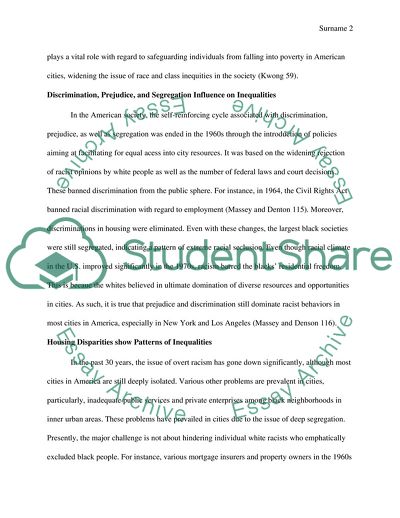Cite this document
(Elite-Profit Making Strategies Reinforce Class- and Race-Based Essay Example | Topics and Well Written Essays - 1250 words, n.d.)
Elite-Profit Making Strategies Reinforce Class- and Race-Based Essay Example | Topics and Well Written Essays - 1250 words. https://studentshare.org/social-science/1847338-2nd-paper-urban-studies
Elite-Profit Making Strategies Reinforce Class- and Race-Based Essay Example | Topics and Well Written Essays - 1250 words. https://studentshare.org/social-science/1847338-2nd-paper-urban-studies
(Elite-Profit Making Strategies Reinforce Class- and Race-Based Essay Example | Topics and Well Written Essays - 1250 Words)
Elite-Profit Making Strategies Reinforce Class- and Race-Based Essay Example | Topics and Well Written Essays - 1250 Words. https://studentshare.org/social-science/1847338-2nd-paper-urban-studies.
Elite-Profit Making Strategies Reinforce Class- and Race-Based Essay Example | Topics and Well Written Essays - 1250 Words. https://studentshare.org/social-science/1847338-2nd-paper-urban-studies.
“Elite-Profit Making Strategies Reinforce Class- and Race-Based Essay Example | Topics and Well Written Essays - 1250 Words”. https://studentshare.org/social-science/1847338-2nd-paper-urban-studies.


